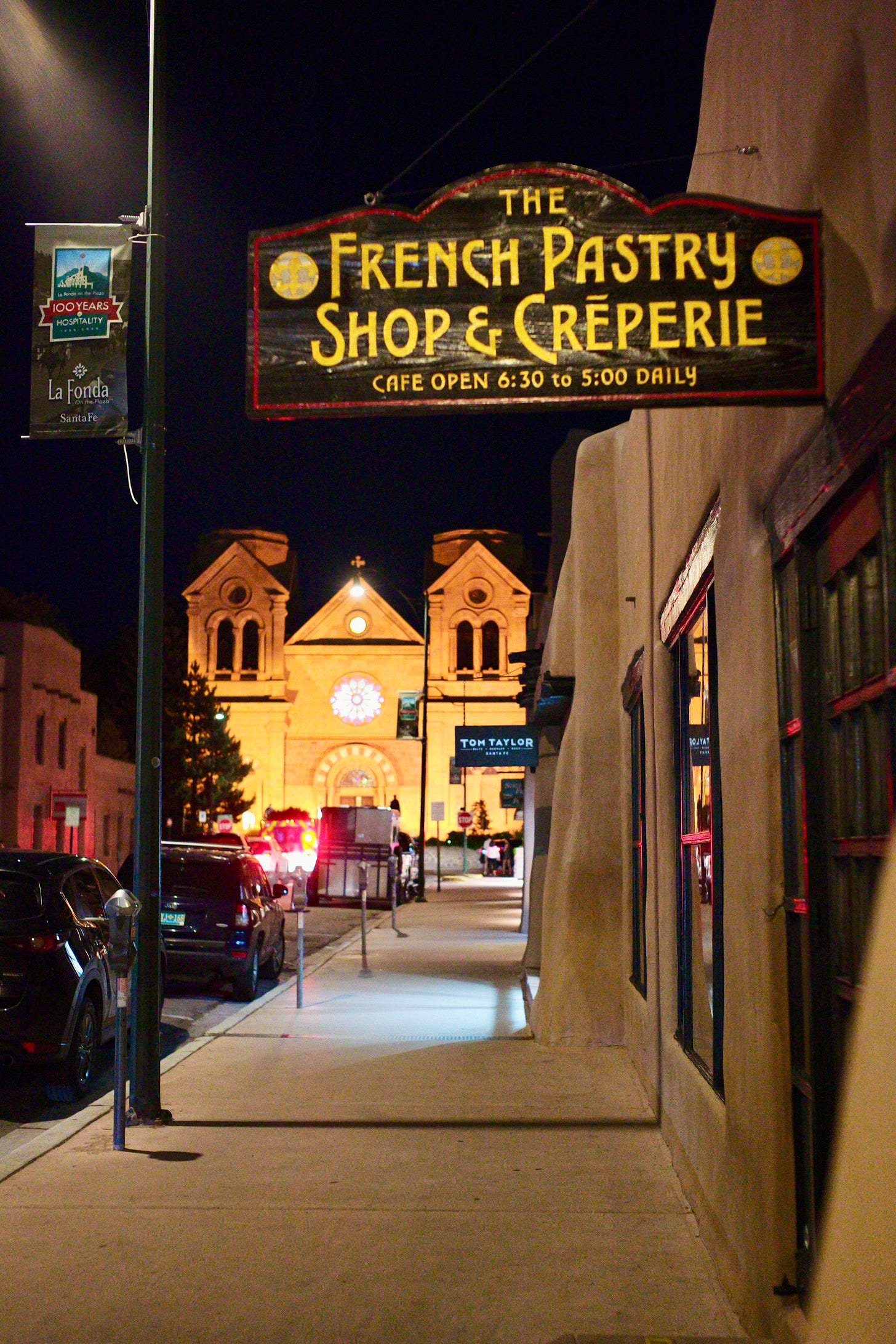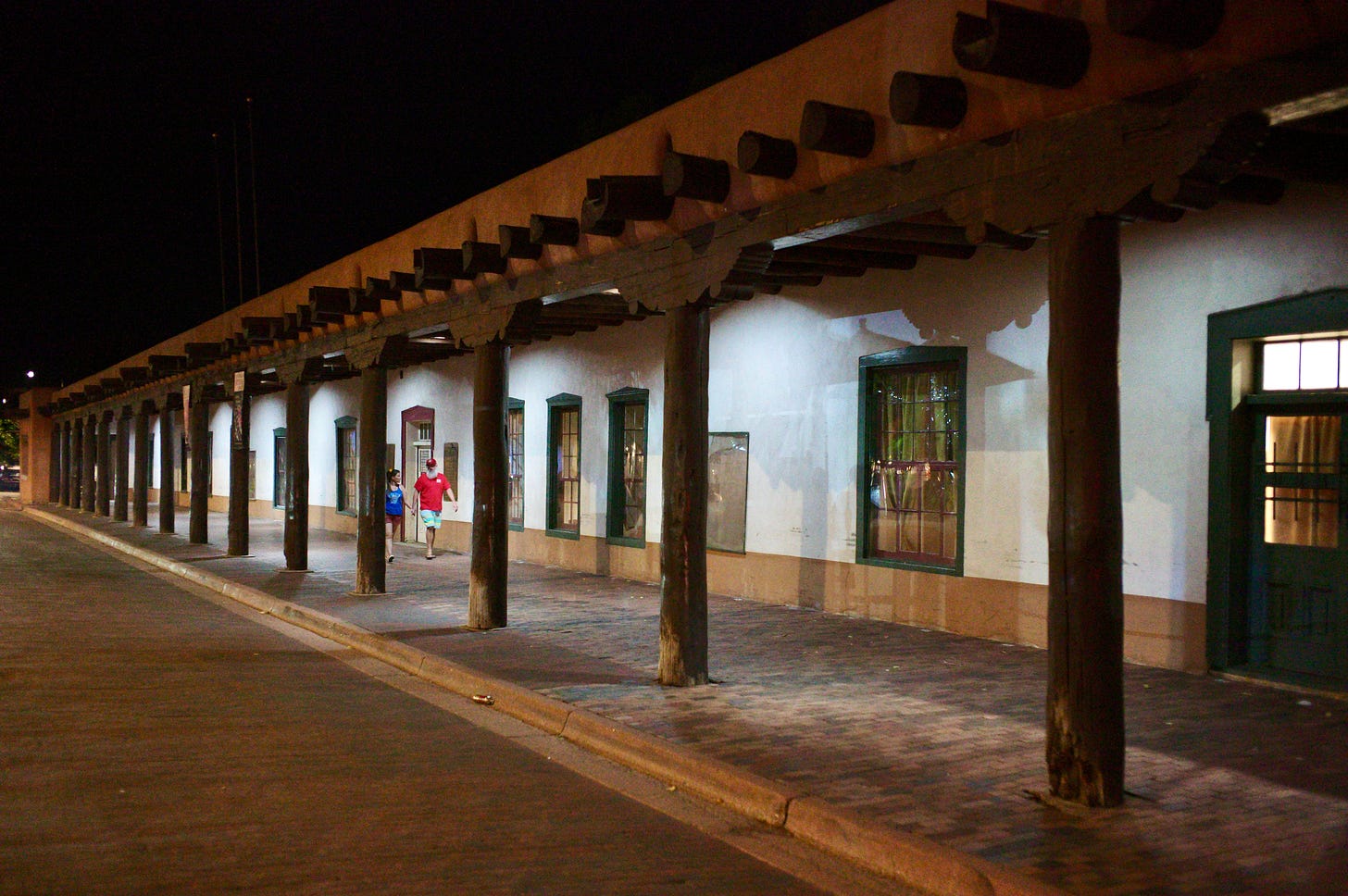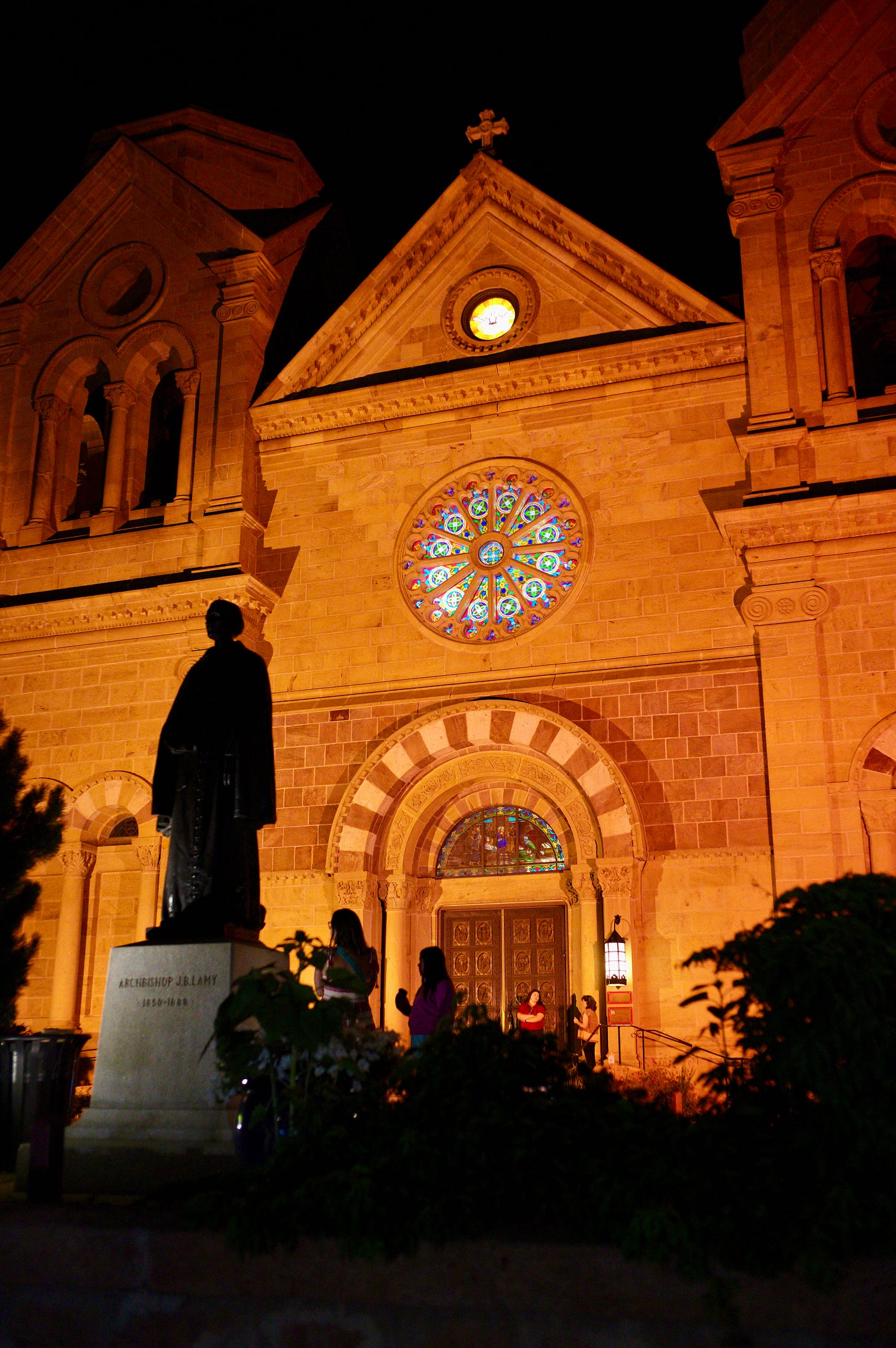
I had a friend argue recently that Santa Fe is “fake.” Of course it’s not that simple, nor is Santa Fe truly “authentic,” either. Stated differently, certain words lack nuance.
To my mind Santa Fe is most interesting if it’s appearance—which I alluded to last month—is deconstructed into elements, or ingredients. For example, why does its historic downtown present such a comfortable scale?
Santa Fe has a century-old moniker that John Self has adopted within the title of his new set of musings—also an informal credible guidebook for the city and its region. Many term it “The City Different.”
Which reminds me not only of Plamen the Handyman’s view of cities, covered here*, but also the perspective of author and urbanist Charles Landry.
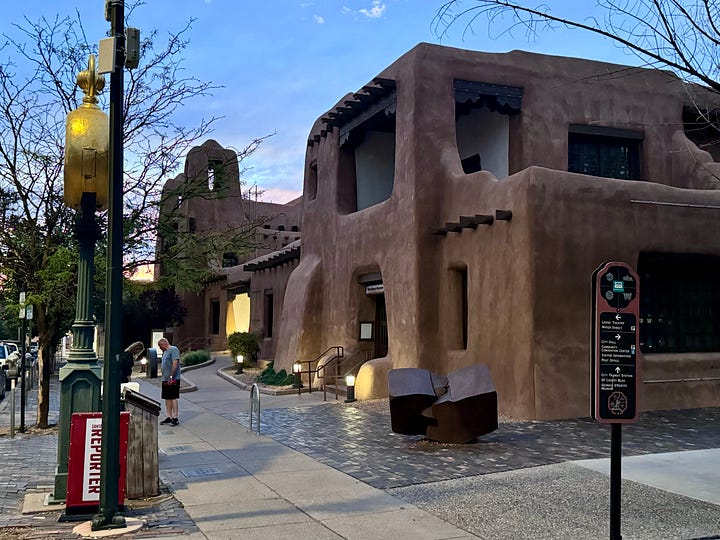

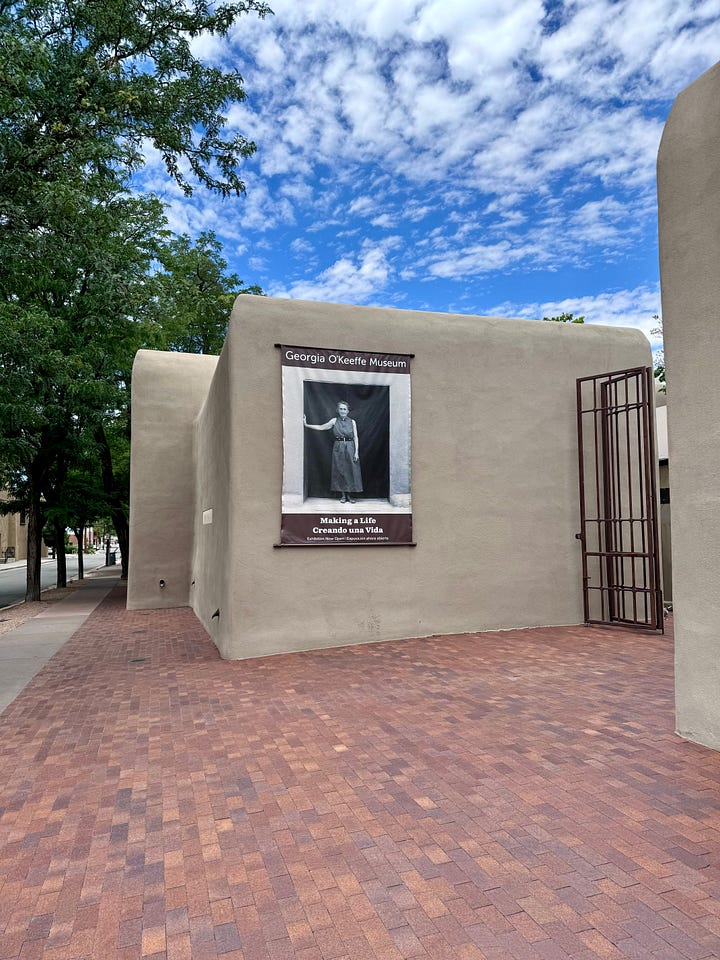
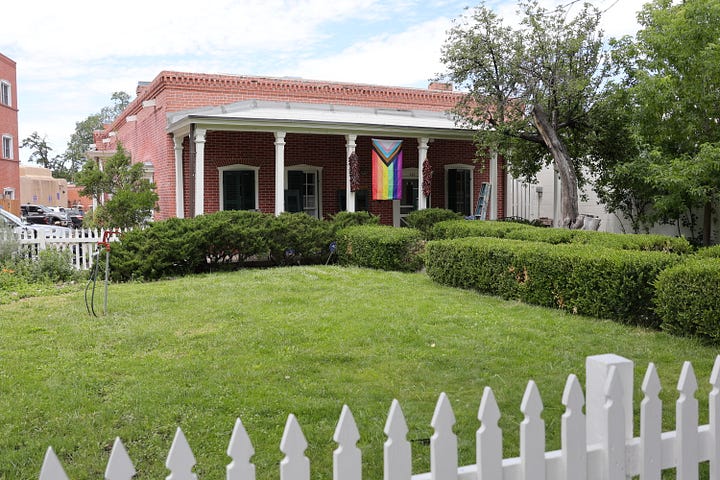
Think of any two places and how they are both similar and different. As Landry has noted, some lived experiences are the same in all places, yet may vary based on language, custom, climate, tradition, local materials or foods, or architectural styles. Simultaneously goods, services, familiar words, expressions, technologies, and seamless communication methods are omnipresent in most parts of the world, however unevenly they may present themselves.
I don’t know Santa Fe well enough to speak conclusively, but I am back after a few weeks to further sense my way through its ingredients, because they are great teachers.
Here is a quick explainer.
For over one hundred years, the Pueblo style has been required in some areas of the city; think adobe to complement the colonial and territorial styles already present, whether Victorian, Italian, or Spanish. Hence the “cultural overlays on display” that help explain Self’s idea of a compendium—or what academics often term an “assemblage.”
Reminiscent of how Paris benefited from careful marketing over the ages (detailed by Joan deJean in her wonderful book) Santa Fe turned assets into icons. To champion tourism for a central, multifacited administrative hub dating to the early 1600’s, city leaders of the early twentieth century recognized the potential of integrating the region’s appearance, history, and cultural backdrop into planning and regulatory tools.
The tools bred signature colors, roof types, stucco, and rounded walls in the historic district—and other parts of the city—sometimes with the help of other incentives for property owners.
Particularly in my last book, I have argued, along with others, that “authentic” places “may only gesture toward what people think is authentic; stereotypes of places we see repeated countless times, and then report to friends back home that we have checked them off on our bucket lists of things one is supposed to see.”
I believe that much of what we consider emblems of the local—such as red telephone booths in the United Kingdom, gondolas in Venice, or San Francisco cable cars—are not so much “authentic” as programmed stereotypes of what we are told we should be seeking.
I intend this post as a reminder to filter even remarkable experiences, and consider carefully the words we assign, no matter how much our emotions may signal fulfilment of those bucket list dreams.
*“Everywhere, there is home, work, and food,” he mused. “Each place, they mostly have the same things, but what changes is which one of these is better.”





